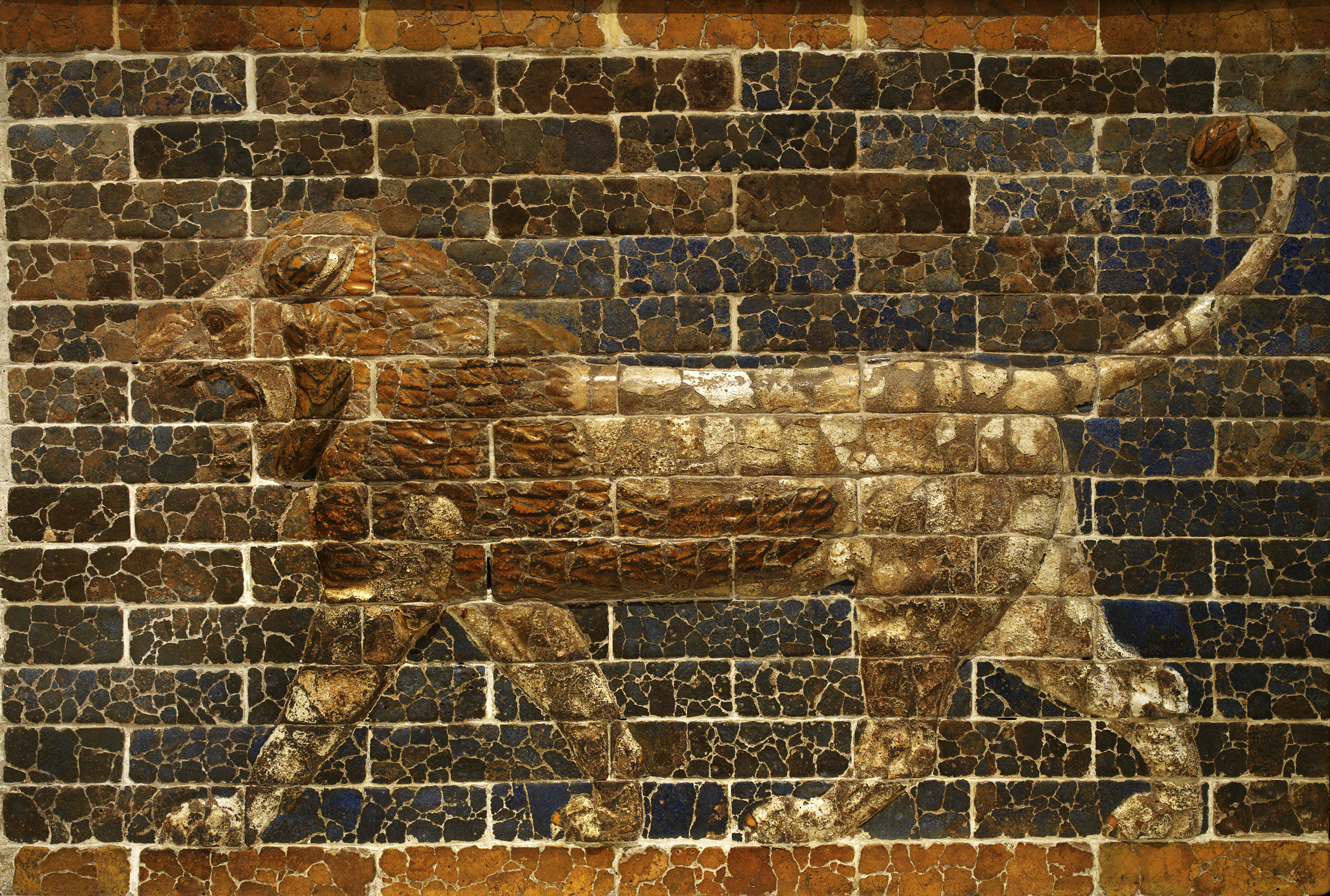The division of Akobe (known as Israel in the KJV Scriptures) into two kingdoms after Solomon’s death is a significant event in biblical history. It is described in detail in the Hebrew Bible or Old Testament.* The split occurred primarily due to a combination of political, economic, and social factors:
Solomon’s Reign and Policies: King Solomon was known for his wisdom and for building the First Temple in Jerusalem. In the process, implemented policies that heavily taxed the people and conscripted labor for his extensive building projects. These policies created significant discontent among the northern tribes of the Kingdom. The northern families felt oppressed by the centralized control and heavy taxation.
Rehoboam’s Rise: After Solomon’s death, his son Rehoboam ascended to the throne. The people of Akobe, particularly those from the northern families, approached Rehoboam with a request. They requested that he lighten the heavy yoke Solomon placed upon them. Rehoboam sought advice from both older and younger counselors. The older counselors advised him to heed the people’s request and reduce the burdens. The younger counselors recommended that he increase the workload and assert his authority.
Rehoboam’s Decision:
Rehoboam followed the advice of his younger counselors and decided to increase the burdens on the people. This decision was perceived as harsh and oppressive by the northern tribes.
Rebellion and Division:
As a result of Rehoboam’s decision, the northern families, led by Jeroboam, rebelled against the rule of Rehoboam. The ten northern tribes rejected Rehoboam’s authority and declared independence from Rehoboam. They made Jeroboam their king. This led to the establishment of the Northern Kingdom of Akobe, with its capital initially at Shechem and later at Samaria.
Southern Kingdom:
The tribes of Juda and Benjamin remained loyal to Rehoboam. They formed the Southern Kingdom of Juda, with Jerusalem as its capital.
Thus, the kingdom of Akobe was divided into two separate entities. One, the Northern Kingdom of Ephraim and the Southern Kingdom of Juda. This division had significant historical and theological implications and is a central theme in the biblical narrative of the period following Solomon’s reign.
For more content like this, subscribe, follow, and like.
Power be with you.
Minister Koko
Teaching Priest & Consul General, AKOPPI

*The story of the division of the kingdom of Akobe after Solomon’s death is primarily found in the following chapters and verses of the Hebrew Bible (Old Testament):
- 1 Kings 11:26-43: This passage describes the rise of Jeroboam, the prophecy of the division of the kingdom, and Solomon’s actions in response to the prophecy.
- 1 Kings 12:1-20: This chapter details Rehoboam’s rise to the throne, the request from the people to lighten their burdens, Rehoboam’s harsh response, and the subsequent rebellion led by Jeroboam.
- 2 Chronicles 10:1-19: This passage parallels the account in 1 Kings 12 and provides additional details about the interactions between Rehoboam and the people, as well as the resulting division of the kingdom.
These passages collectively provide a comprehensive account of the events. The events leading to the division of the kingdom of Akobe into the Northern Kingdom of Ephraim and the Southern Kingdom of Juda.


